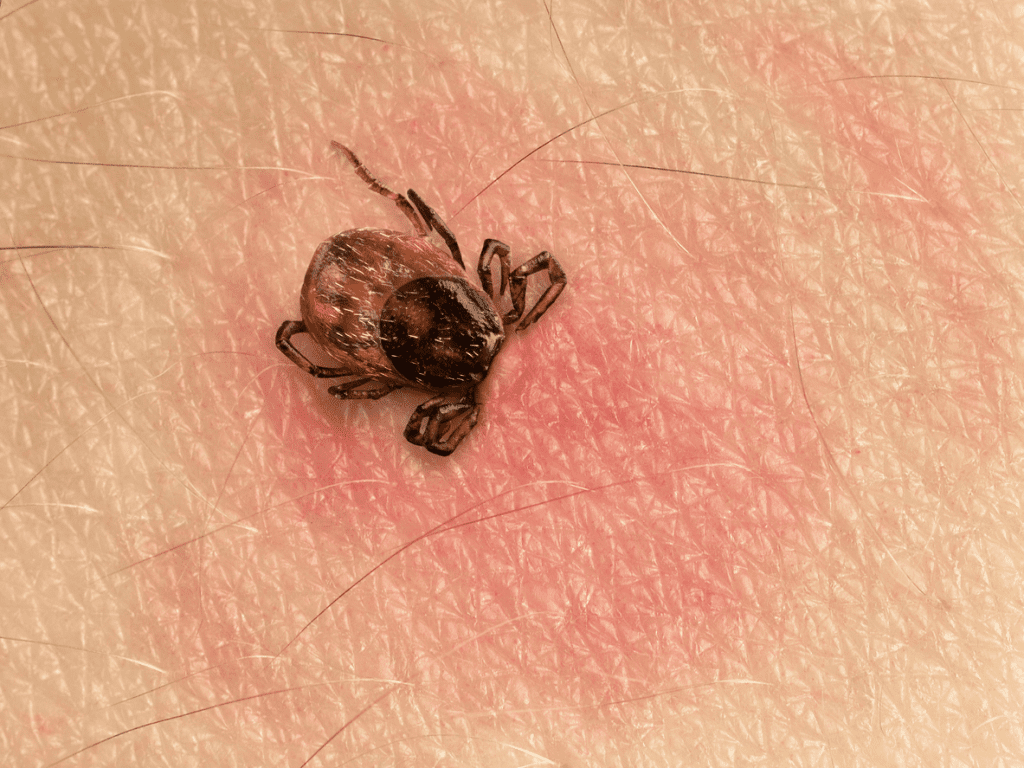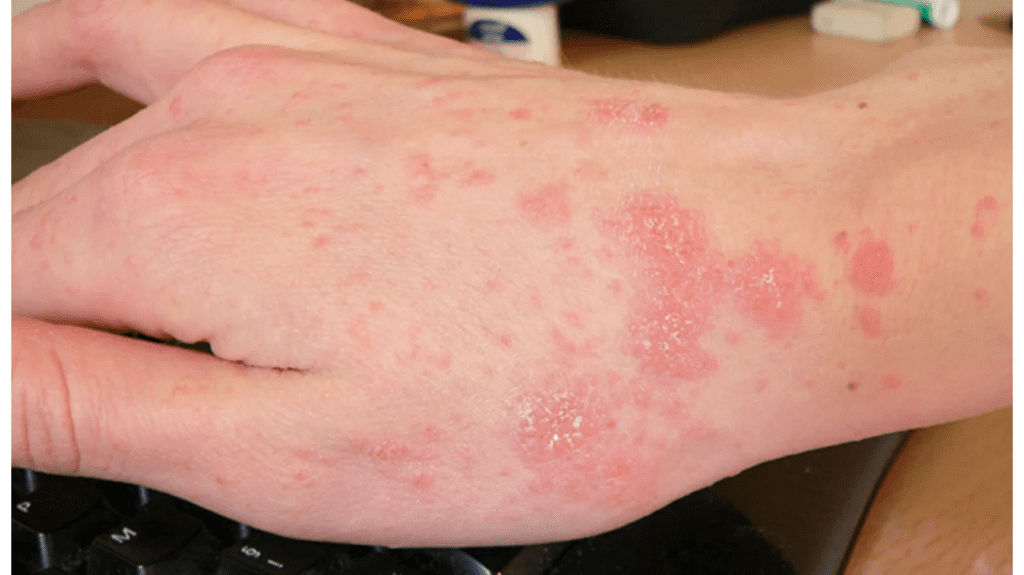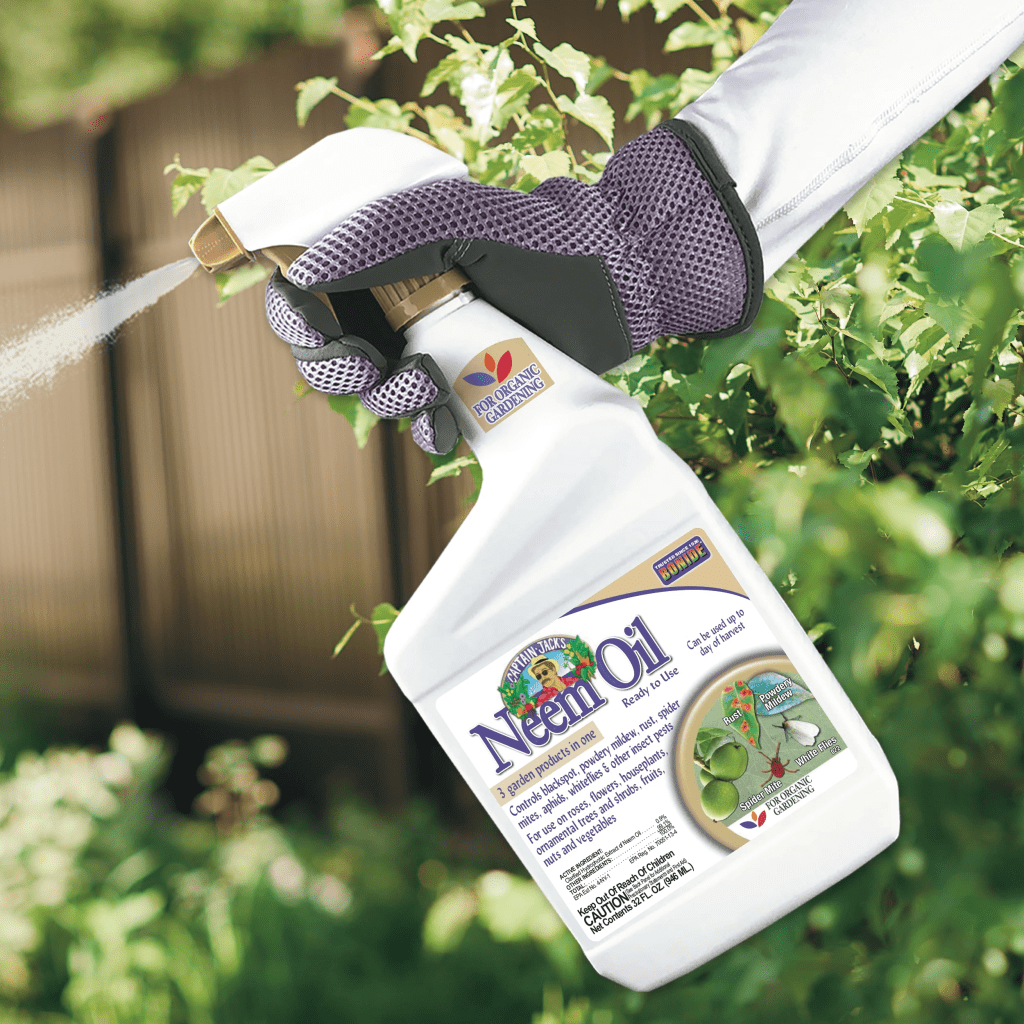Mite bites can lead to intense itching, redness, and inflammation, leaving you feeling uncomfortable and self-conscious. These tiny, often microscopic creatures can inhabit various parts of the skin, including oil glands, hair follicles, and more, causing a range of irritating symptoms. While many types of mites are harmless, others can cause significant discomfort or health issues. In this article, we’ll explore the most common types of mites, their symptoms, and natural treatments to alleviate the discomfort caused by mite bites.
What Are Mite Bites and Why Do They Happen?

Mite bites are caused by several different species of mites, such as the scabies mite, dust mites, and chiggers, among others. These creatures can burrow into the skin or irritate the skin’s surface, leading to symptoms like itching, rashes, and inflammation. While some mites are harmless and don’t bite, others can cause severe skin reactions or even respiratory problems.
Common Types of Mites That Affect Humans
Understanding which type of mite is causing your symptoms is the first step in finding an effective treatment. Let’s take a look at the most common types of mites that can affect humans.
Scabies Mite
Scabies is caused by the human itch mite that burrows into the top layer of the skin. This leads to intense itching and a red rash. Scabies mites are typically passed on through prolonged skin-to-skin contact, especially in crowded environments. The rash often forms in lines, showing where the mite has burrowed under the skin.
Demodex Mites (Eyelash Mites)
Demodex mites are tiny creatures that live in hair follicles, particularly around the face, eyelids, and eyelashes. These mites can irritate the skin, causing itching, inflammation, and scaling around the affected areas. In some cases, they may even contribute to rosacea or hair loss.
Video : Doctor explains SCABIES skin rash, including SYMPTOMS, PHOTOS OF SKIN, TREATMENT & more
Dust Mites
Unlike the other mites, dust mites do not bite humans, but they can cause allergic reactions, including sneezing, coughing, and asthma. These mites thrive in warm, humid environments and feed on human skin flakes. If you’re prone to allergies, you may notice symptoms intensifying in dusty areas or during the spring and fall.
Chiggers
Chiggers, the larvae of a type of mite, can cause itchy red rashes and are typically found in grassy or wooded areas. When they bite, they inject digestive enzymes into the skin, causing irritation. These bites usually occur in the late spring to early fall and can result in a cluster of tiny, red bumps on the skin.
Symptoms of Mite Bites
The symptoms of mite bites can vary depending on the type of mite involved, but there are some common warning signs that suggest you may have been bitten.
Itchy Skin and Rash
The most common symptom of mite bites is intense itching. The itching often becomes more severe at night, as many mites are more active during this time. A red rash or hive-like bumps may also appear around the bite site, with small blisters or sores forming in more severe cases.
Inflamed Skin
Along with the rash, the skin around the bite may become swollen and inflamed. This inflammation can cause discomfort and make the affected area more sensitive to touch.
Respiratory Symptoms
In the case of dust mites and other indoor mites, you may also experience respiratory issues like coughing, sneezing, wheezing, or even shortness of breath. This occurs because the mites’ waste products or body parts are inhaled, triggering an allergic response.
Natural Treatments for Mite Bites

If you’ve been bitten by mites, there are several natural treatments you can try to alleviate the itching, reduce inflammation, and kill the mites causing the problem.
Tea Tree Oil for Mite Bites
One of the most effective natural remedies for mite bites is tea tree oil. Known for its anti-inflammatory and antimicrobial properties, tea tree oil can help soothe the skin, reduce itching, and eliminate mites.
To use tea tree oil for mite bites:
- Dilute the oil with a carrier oil (like coconut or jojoba oil) and apply it to the affected area twice daily.
- For direct application, you can place a drop of tea tree oil on the bite site, but make sure to test for skin sensitivity first.
Coconut Oil: Soothing and Protective
Coconut oil is another excellent natural remedy. It contains antibacterial properties and can help soothe the skin while providing a barrier to prevent further infection or irritation. Coconut oil’s high-fat content also helps moisturize dry, itchy skin caused by mite bites.
To use coconut oil:
- Gently massage a small amount of virgin coconut oil into the affected skin areas.
- For additional relief, mix it with tea tree oil to boost the remedy’s effectiveness.
Neem Oil for Mite Infestation

Neem oil is well-known for its ability to treat a variety of skin conditions, including scabies and other mite infestations. Neem oil has a strong smell that repels mites and its antiseptic properties help reduce itching and inflammation. Studies show that neem oil can effectively kill scabies mites and provide relief from severe itching.
To use neem oil:
- Mix neem oil with a small amount of turmeric to create a thick paste.
- Apply this paste directly to the affected skin and leave it for about 10 minutes before rinsing off.
- Alternatively, you can directly massage neem oil into your skin, leaving it on for 20 minutes before washing it off.
Aloe Vera for Skin Healing
Aloe vera is a staple in natural skincare for its cooling and healing properties. It can help reduce the redness, swelling, and irritation caused by mite bites. Aloe vera also contains enzymes that promote skin healing and reduce inflammation.
To use aloe vera:
- Apply fresh aloe vera gel directly from the plant or use a store-bought version to soothe the skin.
- Reapply multiple times a day for continuous relief from the itching and discomfort caused by mite bites.
Video : Insect Bites and Stings
Prevention: How to Avoid Mite Bites
While natural treatments can help alleviate symptoms, prevention is always the best approach. Here are some tips to avoid mite bites in the future:
- Maintain a clean home: Regularly clean bedding, carpets, and upholstered furniture to reduce dust mites and other pests.
- Wash your clothes and bedding: Hot water can kill mites, so wash your clothing and bedding regularly.
- Use protective clothing: When venturing into areas where chiggers are common, wear long sleeves, pants, and socks to protect your skin.
- Boost your immune system: A strong immune system may help prevent infestations from mites like Demodex.
Conclusion: Natural Remedies for Mite Bites
Mite bites can cause severe discomfort, but understanding their causes and the best ways to treat them can help ease the symptoms. Whether you’re dealing with scabies mites, dust mites, or eyelash mites, natural remedies like tea tree oil, coconut oil, and neem oil can offer relief. If you experience persistent or severe symptoms, it’s important to consult with a healthcare provider for proper treatment. By incorporating these natural treatments into your routine, you can manage mite bites effectively and reduce future occurrences.


